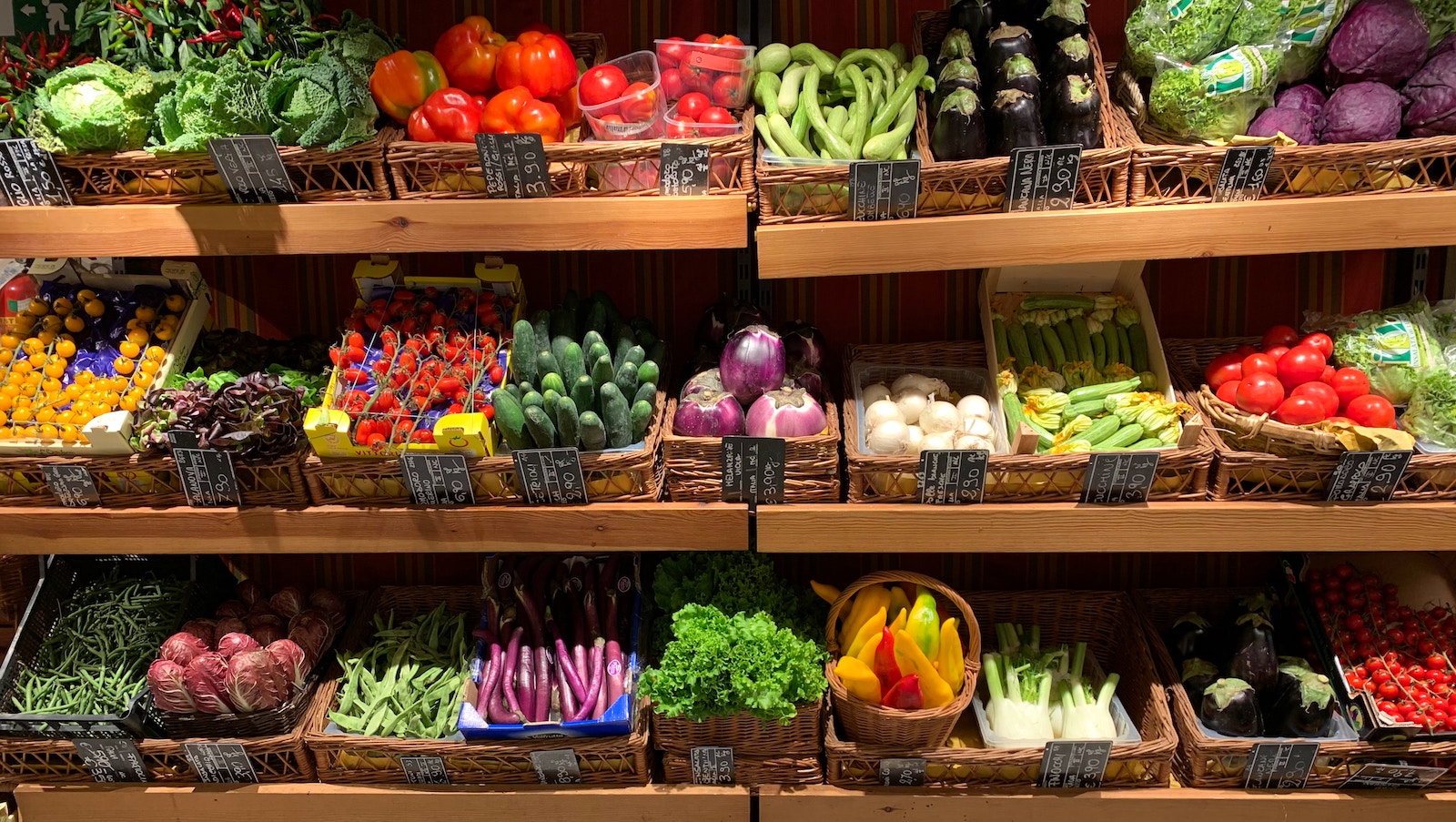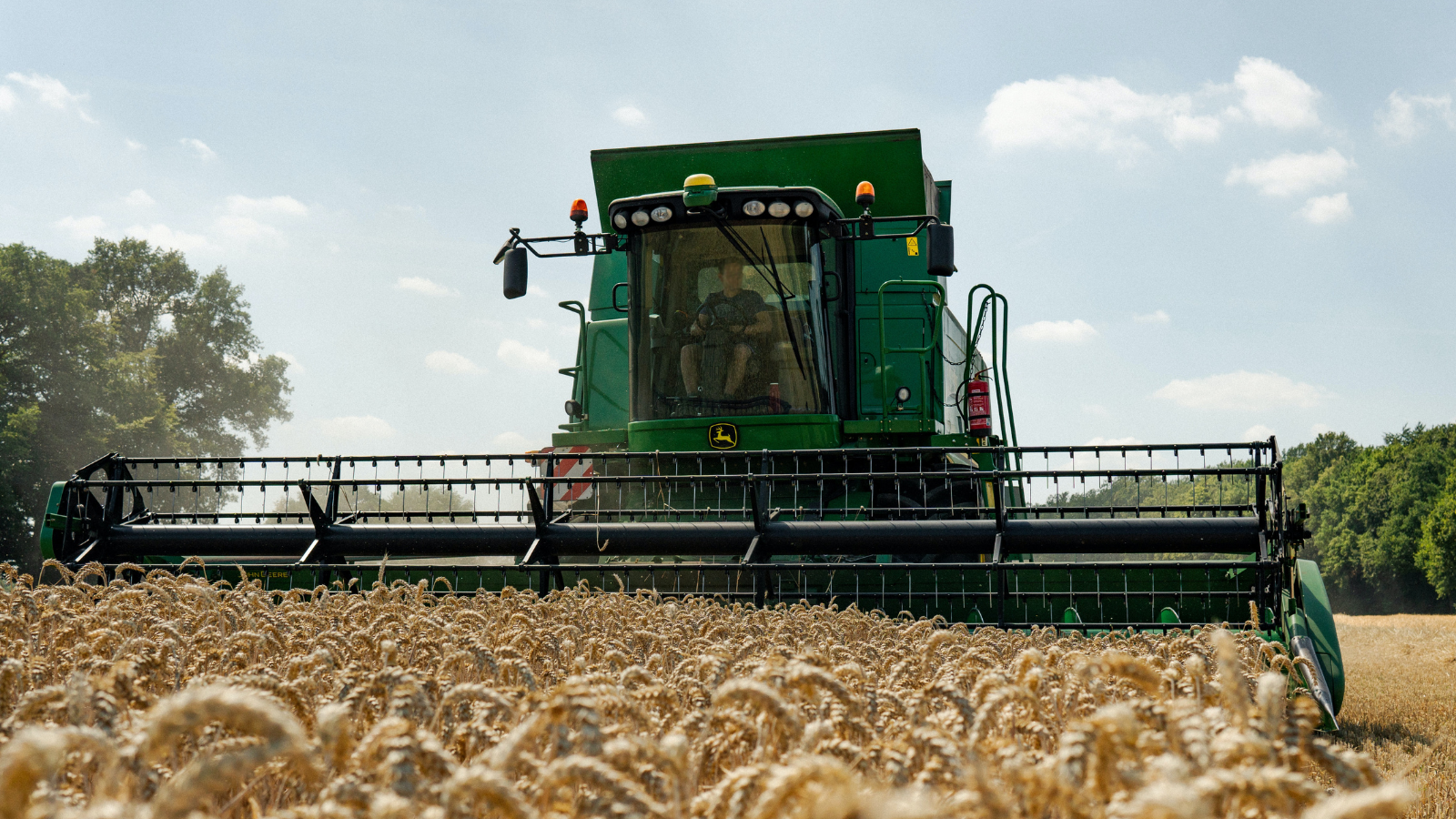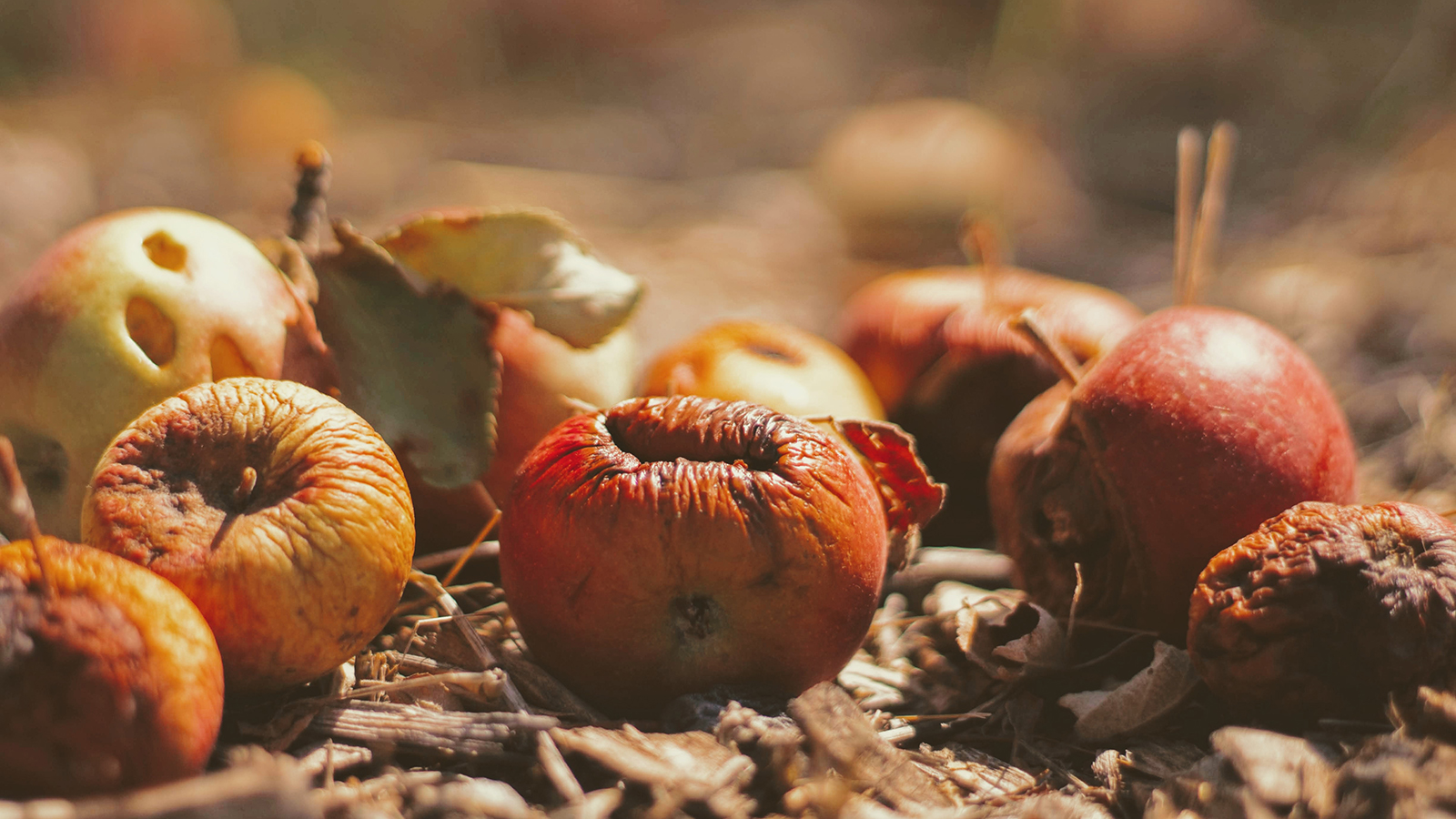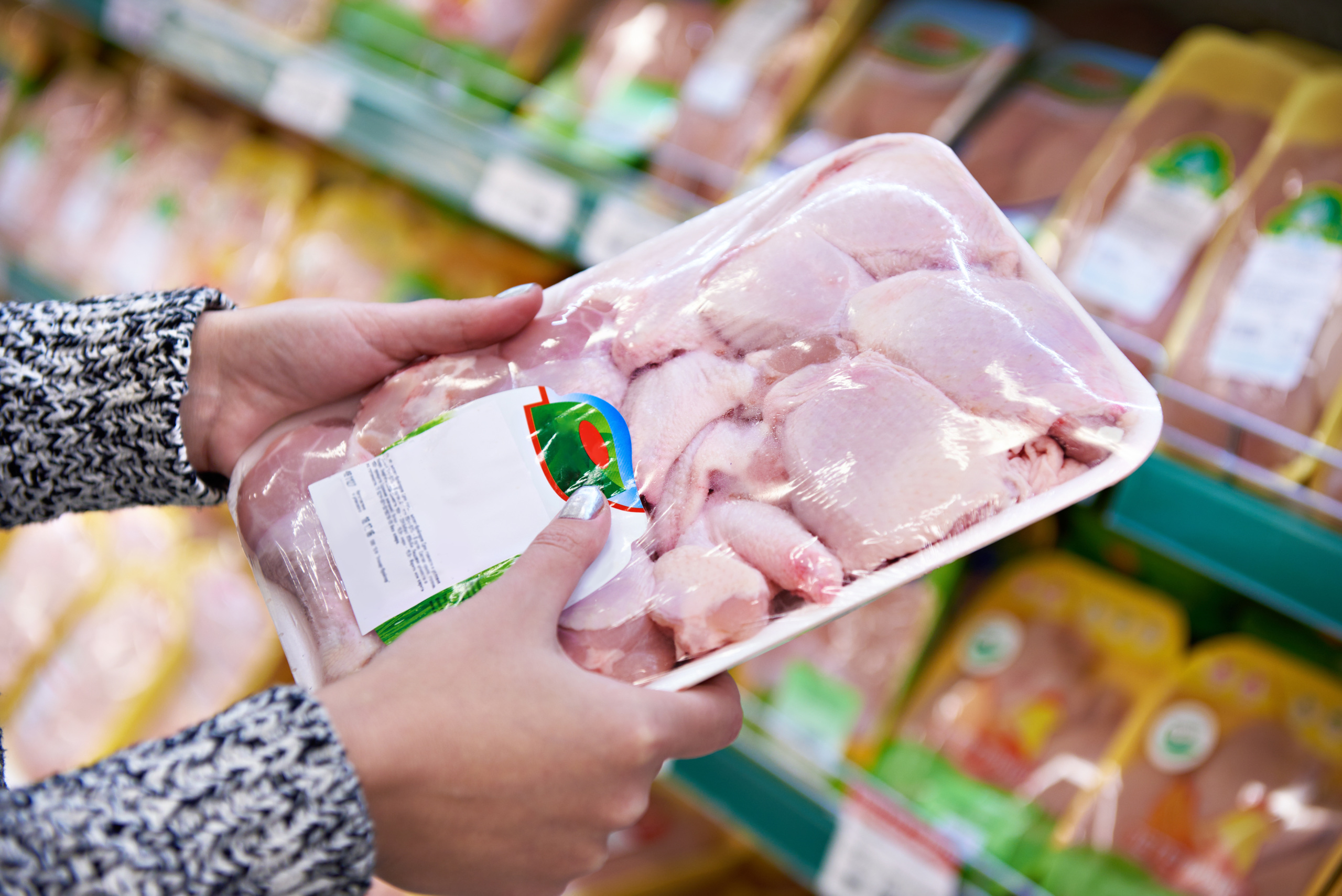
Ending the Abuse of Antibiotics in Livestock Production
The Case for Reform
Over 70% of antibiotics in classes used in human medicine are sold for use in food animals. This is typically done to increase the speed at which animals gain weight or to prevent disease caused by unhealthy and unsanitary conditions. The use of antibiotics – many of which are identical (or nearly so) to human medicines such as those containing penicillin, tetracycline, erythromycin, and sulfonamide - in livestock production on this massive scale accelerates the development of drug-resistant bacteria, which can then find their way to the human population through numerous pathways. Once replicated in animals, resistant bacteria can make their way to humans through contaminated food, airborne dust blowing off farms, and water and soil polluted with contaminated feces. The CDC conservatively estimates that 23,000 Americans die from illness caused by drug-resistant bacteria each year.
Illinois PIRG Education Fund
Over 70% of antibiotics in classes used in human medicine are sold for use in food animals. This is typically done to increase the speed at which animals gain weight or to prevent disease caused by unhealthy and unsanitary conditions. The use of antibiotics – many of which are identical (or nearly so) to human medicines such as those containing penicillin, tetracycline, erythromycin, and sulfonamide – in livestock production on this massive scale accelerates the development of drug-resistant bacteria, which can then find their way to the human population through numerous pathways. Once replicated in animals, resistant bacteria can make their way to humans through contaminated food, airborne dust blowing off farms, and water and soil polluted with contaminated feces. The CDC conservatively estimates that 23,000 Americans die from illness caused by drug-resistant bacteria each year.
Topics
Find Out More


Out to Pasture

The food we waste could end hunger
